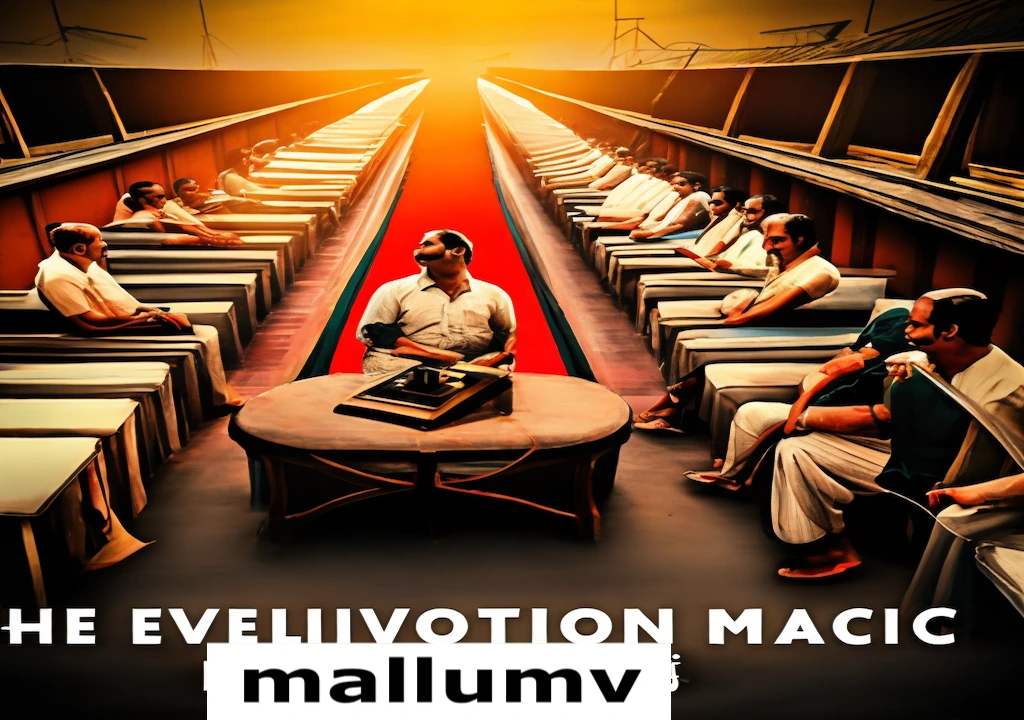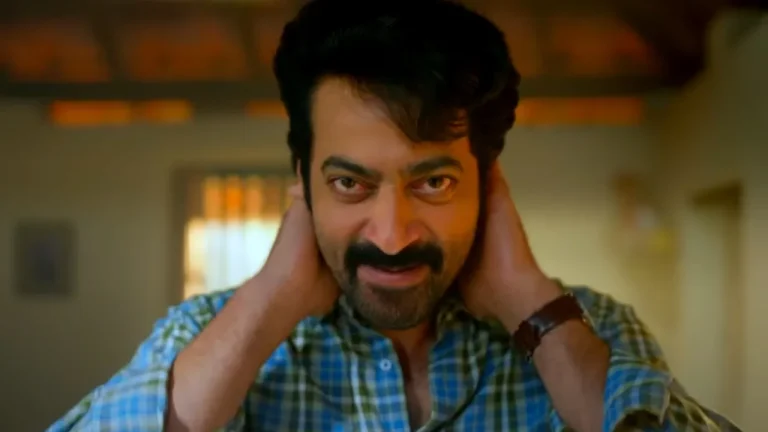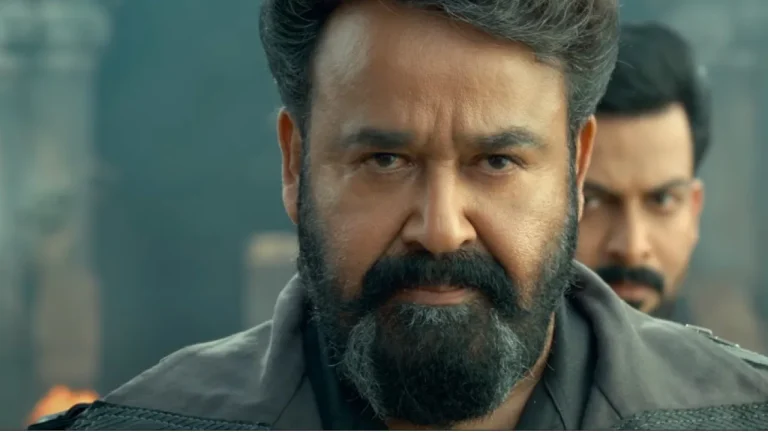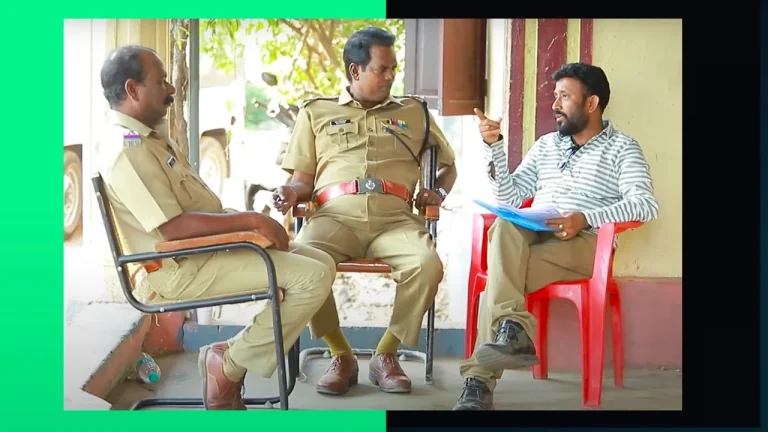The journey of Malayalam cinema music has been an amazing one. With a rich cultural background, it has taken time to gain popularity with mainstream audiences.
Over time, traditional raga-based music gave way to fusion genres. MS Baburaj and P Bhaskaran were two pioneers of this transition who helped breathe life back into Malayalam culture through music. Mallumv is a leading Malayalam Movie Review site.
The Golden Era
During this period, the Malayalam film industry took a giant step toward developing its own distinctive style of music. Poets such as Tirunainaarkurichy, Madhavan Nair, and P Bhaskaran set the bar for what would come to be known as a new wave in Malayalam cinematic compositions.
In this period, the lyrical style of songs evolved dramatically. While love songs oozed with grace, emotional songs were filled with pathos and excitement.
Another major shift in Malayalam film music occurred with the transition from traditional raga-based melodies to fusion genres, which was enabled by some of Kerala’s premier composers such as G. Devarajan, Vayalar and P Bhaskaran.
Some of the iconic Malayalam movie songs that embody this era include Aalipazham Perukkam, Nizhalayi Ozuki Varum and Olathumbathu Irunnu Oonjaladum. Not only did these songs captivate audiences but also left lasting impressions on them.
The Silver Era
At this juncture in Malayalam cinema music history, singers began exploring genres and topics which had remained underexplored for decades.
In the 80s and 90s, popular musicians like K.V.Mahadevan and V.V.Mahajan achieved notoriety with their upbeat cover versions of chartbusters in Malayalam.
Another significant development in Malayalam film music was singers beginning to express their emotions through songs instead of making them just background noise. This allowed them to make their voices heard on-screen for the first time.
One of the iconic Malayalam movie songs that epitomizes this era is Bijibal’s Krodham, full of anger and hope for Kerala. This stirring piece perfectly captures the emotions felt by Keralites today who are facing an unprecedented upheaval in their everyday lives.
The Bronze Era
Malayalam cinema music has undergone a transformation, moving away from traditional raga-based melodies towards more eclectic styles. This was partly due to the presence of non-Malayalis such as Manna Dey, Talat Mahmood, Lata Mangeshkar, Asha Bhosle, Hemlata and S. P Balasubrahmanyam singing for Malayalam films during this time period.
Film music was greatly influenced by other forms of popular music in Kerala, such as light music albums and devotional songs. Chenda melam or serpent worship is an integral part of Keralan culture and its devotional songs are widely popular among its people.
In the 1960s and ’70s, many iconic Malayalam movie songs were released that remain timeless classics to this day. Chemmeen, Aadutha Kaalathu and Paleri Manikyam are three such memorable ones that remain popular today.
The New Era
According to musician Justin, the New Era of Malayalam cinema music has seen its lyricists and composers becoming increasingly influenced by western genres. This has resulted in a shift away from raga-based sounds to fusion genres.
He notes that the focus on narratives has made songs more situation-driven, impacting both the quality and style of music as well.
This has had an immense effect on the singers in Malayalam movies. Non-Malayalis such as Manna Dey, Talat Mahmood, Lata Mangeshkar and Asha Bhosle have become prominent figures within these films.
In Malayalam Cinema’s Golden Age, many iconic actors and stars such as Mohanlal, Mammootty, Prem Nazir, Sathyan, Madhu, Jayan and Sukumaran rose to prominence. This trend has continued into the New Era as well.




